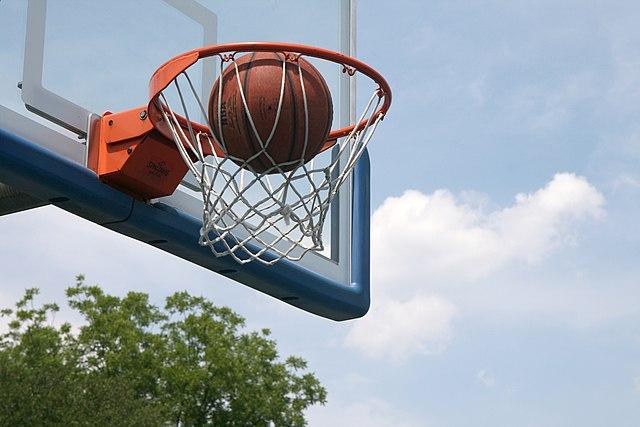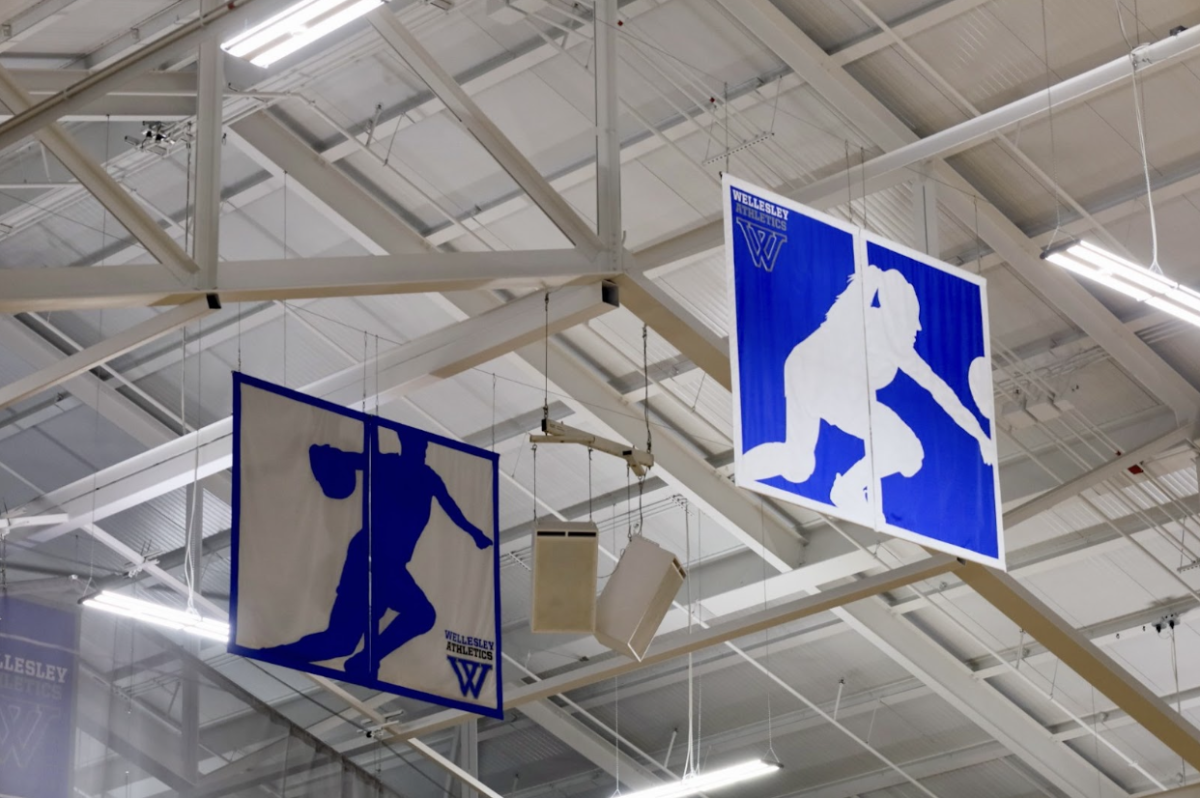On Sept. 18 the Women’s National Basketball Association (WNBA) announced that Portland, Oregon will host the league’s newest franchise as part of their expansion. Portland’s team, which is yet to be named, will participate in their first season in 2026. This is the third expansion the WNBA has announced in the past year, with Golden State and Toronto set to tip in 2025 and 2026, respectively. The addition of these three franchises will put the WNBA at a total of 15 teams across the U.S., with plans of a 16th by 2028. However, the WNBA has historically had a difficult time maintaining both new and existing franchises. Both Portland and Northern California had teams in the early to mid 2000s, but the Portland Fire and the Sacramento Monarchs both collapsed soon after they were founded. Why has the WNBA had a hard time maintaining teams? And what do these new teams indicate about the expansion?
Some context to frame the current state of the league: The WNBA was approved to begin by the National Basketball Association (NBA) board of governors in 1997, following a gold medal run by the USA Women’s National Team at the 1996 Olympics. The original league consisted of eight teams, each with a specific NBA counterpart team in the same city. From the beginning, there was a foundational reliance on the men’s league. However, it was arguably essential in order to secure a fanbase, TV coverage and infrastructure to kick off the progressive project. To this day, nine of the 15 announced franchises have NBA counterparts, with many of the same investors putting stakes into both leagues. The WNBA has a long journey ahead before they match the men’s reach in fanbase and viewership, but they have faced their fair share of obstacles.
The age-old (and sexist) argument that the WNBA has struggled due to a lack of talent is both incorrect and easily debunked. There are 560 active players in the NBA, in the WNBA there are 144. Of the 12 active teams, each roster is capped at 12 players. So each year when 36 new players are drafted into the league, limited roster spots make it extremely difficult to make and maintain a roster position, even for the most talented players. NBC Sports reports that 34.3% of drafted players never make an appearance in a game. Some players opt to play overseas, but many are forced to step back from basketball early in their playing career in order to maintain financial security. The financial opportunities in the WNBA could warrant a whole thesis, but the problem is that female basketball players are not given the same amount of space to grow and refine their skills. Additionally, the newness of the league means there has not been enough time for legacies and “all-time-greats” to be established in the way that the NBA has. Players like Lisa Leslie, Sue Bird, Maya Moore and Candace Parker have all left immense impacts on the league; as time passes, their careers will be immortalized.
Despite all of the adversity the WNBA has faced, the league has entered a new promising era! According to the WNBA, the 2024 season saw a 47% increase in in-person attendance and a 170% increase in streaming viewership. The 2024 Draft broke records with 2.45 million viewers, while games averaged over 1 million for the first time ever. In addition, the league secured a $2.2 billion media deal with the NBA to increase the amount of games nationally televised. Las Vegas became the first team ever to sell out every home game in 2024 and have already sold out of season tickets for 2025. There is no doubt that big names like Caitlan Clark, Angel Reese and Cameron Brink brought well-deserved attention to the league, but now it’s up to fans to maintain it.
So, watch WNBA games! Go to WNBA games! Engage with female professional athletes across all sports. The WNBA can only expand as far as the space that is made for them by sports fans everywhere. Uplifting the WNBA enables other women’s professional leagues to grow too. So watch National Women’s Soccer League Games! National Women’s Hockey Games! Athletes Unlimited! College sports! All of it! The potential for women’s sports is so immense and the addition of new WNBA teams is just a small piece of the entire movement.
Contact the editors responsible for this story: Julee Sharma, Katie McCabe




